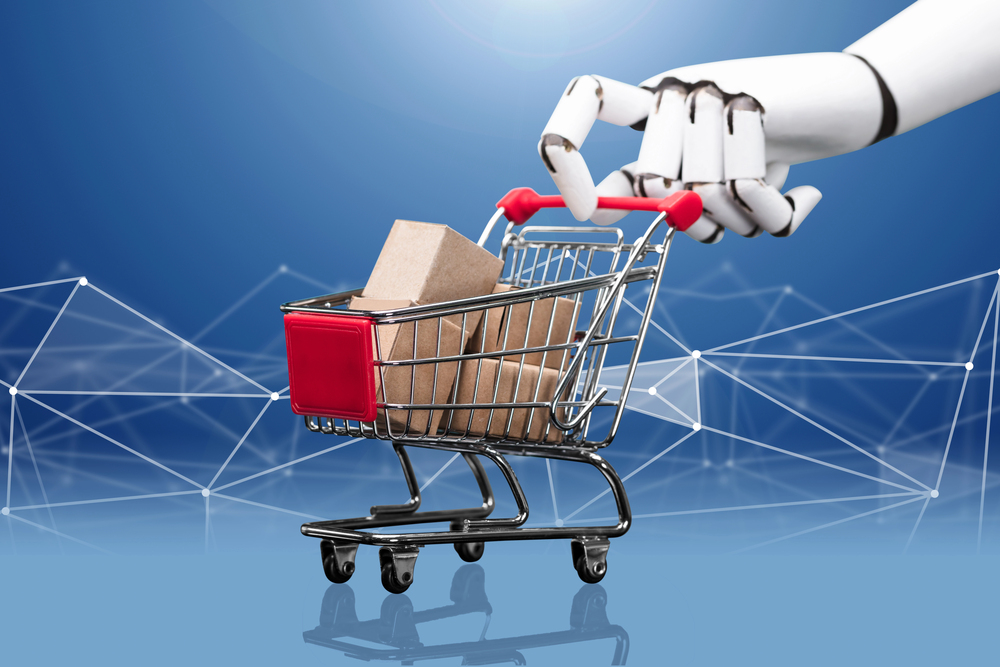How AI is reshaping parts buying
Share
Share

When customers are searching online for brake components for their vehicle, what if the perfect product appears even if they didn’t use the exact words a retailer used?
That’s the emerging reality of artificial intelligence in automotive e-commerce, according to Shannon Gai, an innovation expert who recently spoke at the Auto Care Connect conference in Phoenix. Nowadays, a level of vagueness in a search can be overcome thanks to AI filling in the blanks.
“In the old world, if those two [words] didn’t match, there would be no results,” Gai explained. “But in the new world, in the AI world, the fuzzy search is sort of turned on.”
This means customers can now find products more easily, even if their search terms don’t precisely match a merchant’s original description. For instance, taking an example from the fashion world, someone searching for “rugged work overalls” might now see results for “slouchy, straight ankle denim overalls” — a connection that was seemingly impossible just a few years ago.
The transformation goes beyond simple search. AI tools are helping automotive aftermarket businesses clean up complex product data, rewrite descriptions, and bridge communication gaps between what customers want and what merchants offer.
However, Gai warns that AI isn’t a magic solution.
“We also have to remember that AI doesn’t solve everything,” she said, adding that the technology struggles with nuanced human interactions, long-term planning, and understanding complex organizational goals.
Instead, Gai recommended that the industry approach AI as a collaborative tool. She suggested breaking down job roles into specific tasks: Identifying repetitive, process-heavy work that AI can handle and reserving creative, adaptive tasks for human workers.
“Start to find out what parts of your work you can start to find the AI tools you are able to outsource to, and what parts of your role you know that going into three years, five years into the future, you will still be doing,” Gai advised.

The potential applications are vast. AI can help rewrite product descriptions across industries, from automotive parts to fashion. It can clean up technical data, making information more accessible and searchable.
Some AI tools can even help with complex logistics — searching the internet, finding specific information and providing detailed recommendations.
Gai emphasizes caution. These tools make mistakes and aren’t perfect. She notes that AI is constantly learning and improving, suggesting that its capabilities will expand over time.
The key is understanding AI’s current limitations. It cannot navigate human dynamics, understand complex workplace changes, or truly plan long-term. Humans remain essential in providing context, breaking down goals and managing nuanced interactions.
“You will have to be there to break it down for it,” Gai said.
As the technology evolves, she sees a future where AI agents are integrated into workplace teams, handling specific tasks while humans provide strategic oversight.
Drawing a parallel to the early days of the internet, Gai noted that what seems confusing now will likely become commonplace in a few years. Just as people once struggled to understand email, future workers will likely view AI as a standard workplace tool.
“And so in 2056, another 30-some years, are we going to have a drone that delivers us, potentially a car part and [from a place] we had never ordered from?” she wondered.
Image credit: Depositphotos.com
Leave a Reply